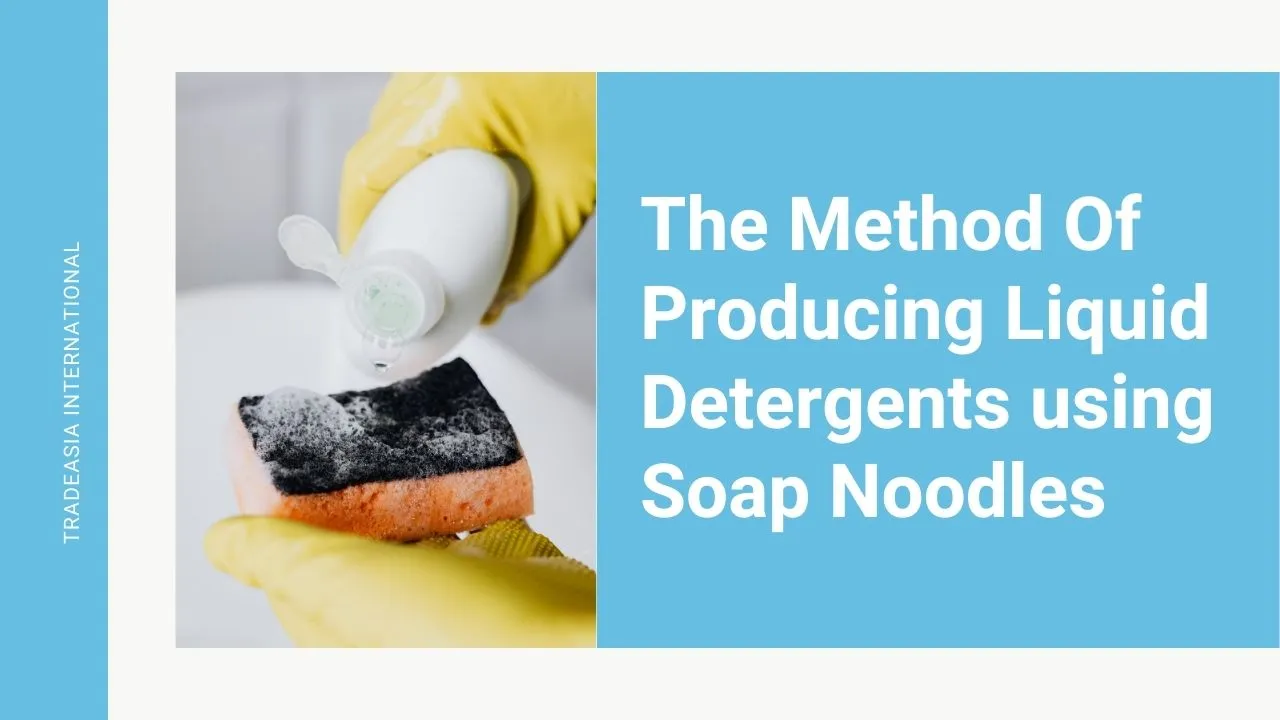Introduction and Common Association with Personal Care Products
Sodium Lauryl Sulfate (SLS) is a widely recognized and commonly used ingredient found in many personal care products. If you’ve ever glanced at the ingredient list on your shampoo, toothpaste, or body wash, chances are you’ve come across this compound. But what exactly is Sodium Lauryl Sulfate, and why is it so prevalent in our daily grooming routines?
In shampoos, SLS helps to remove excess sebum and product buildup, leaving the hair feeling clean and refreshed. Toothpaste formulations utilize SLS to create foam and assist in the removal of plaque and stains from teeth. Additionally, often found in body washes, soaps, and shower gels, where its foaming action enhances the overall cleansing experience.
Sodium Lauryl Sulfate utilization with personal care products is a result of its ability to create the desired texture, lather, and cleansing effectiveness that consumers have come to expect. Its inclusion in these products has become a widely accepted norm, making it a household name in the realm of skincare, oral hygiene, and hair care.
In the following sections, there are some surprising Sodium lauryl sulfate uses. It’s important to note that its usage extends beyond various industries and fields.
Agricultural Applications
Sodium Lauryl Sulfate utilization in agricultural products as a wetting agent and emulsifier exemplifies significant contributions to enhancing the performance and efficiency of agricultural applications. By improving the spreading, wetting, and emulsifying characteristics of agricultural formulations, SLS helps ensure that pesticides, herbicides, and other agricultural solutions are applied effectively, leading to better crop protection and increased agricultural productivity.
Wetting agents play a crucial role in agriculture by improving the spread and absorption of liquids on plant surfaces. When added SLS to agricultural formulations such as herbicides, insecticides, and fungicides, helping reduce the liquid’s surface tension, and allowing it to spread evenly across leaves, stems, and other plant surfaces. This is particularly important when dealing with waxy or hard-to-wet surfaces, where achieving uniform coverage can be challenging without the aid of a wetting agent.
Emulsifiers, on the other hand, play a vital role in combining two or more immiscible substances into a stable mixture. In the context of agriculture, the emulsifying properties of SLS allow agricultural products to combine oil-soluble pesticides or fertilizers with water-based carriers. The stability of these emulsions ensures that the active ingredients are evenly distributed, increasing their effectiveness and reducing the risk of uneven application.
Medical and Pharmaceutical Applications
Sodium Lauryl Sulfate utilization in pharmaceutical formulations as a penetration enhancer. Its ability to disrupt the skin barrier and improve the absorption of active ingredients has made it a valuable component in transdermal drug delivery systems. Its uses can be found in certain ointments and creams, and acts as an emulsifier, ensuring that the oil and water-based components of the ointment or cream are homogeneously mixed
When applied to the skin, SLS acts as a surfactant, reducing the surface tension and allowing the medication or ointment to spread more easily. This improved spreadability ensures better coverage and contact with the affected area, facilitating the absorption of the active ingredients into the skin, helping to overcome the skin’s barrier function, and allowing medications to reach deeper layers or systemic circulation more effectively.
It’s important to note that while SLS contributes to the effectiveness and delivery of medications and ointments, it is essential to consider individual sensitivities or allergies. Some individuals may have a hypersensitivity to these chemicals, leading to skin irritation or allergic reactions. In such cases, alternative formulations or ingredients may be recommended.
Household Applications
When it comes to doing laundry, we all desire clean, fresh-smelling, and stain-free clothes. Sodium Lauryl Sulfate plays a crucial role in laundry detergents. Its inclusion in these products contributes to effective stain removal and the brightening of our beloved garments.
SLS acts as a powerful surfactant in laundry detergents, working to lift dirt, oils, and stains from fabrics. Its unique structure allows it to penetrate the fibers of clothes and loosen the bonds between the dirt and the fabric, facilitating their removal during the washing process. By reducing the surface tension of water, SLS enables better dispersion and solubilization of the stains, allowing the detergent solution to effectively penetrate and break them down, helping to prevent the redeposition of dirt and stains onto clean clothes during the wash cycle.
Another notable contribution of SLS in laundry detergents is its ability to brighten clothes. Over time, fabrics can become dull or discolored due to repeated washing and exposure to various elements, helping in restoring the brightness and vibrancy of clothes by removing residual oils, dirt, and other impurities that contribute to dullness.
It is worth mentioning that while SLS is highly effective in laundry detergents, individuals with sensitive skin may experience some irritation or allergic reactions. In such cases, there are alternatives available, including SLS-free detergents or those formulated with milder surfactants.
Conclusion
Sodium Lauryl Sulfate uses goes beyond its initial reputation. From its common association with personal care products to its surprising uses in agriculture, pharmaceuticals, and laundry detergents, SLS has proven to be a multifunctional ingredient with remarkable properties. Its ability to act as a surfactant, wetting agent, emulsifier, and penetration enhancer has made it an invaluable component in numerous formulations.


Leave a Comment